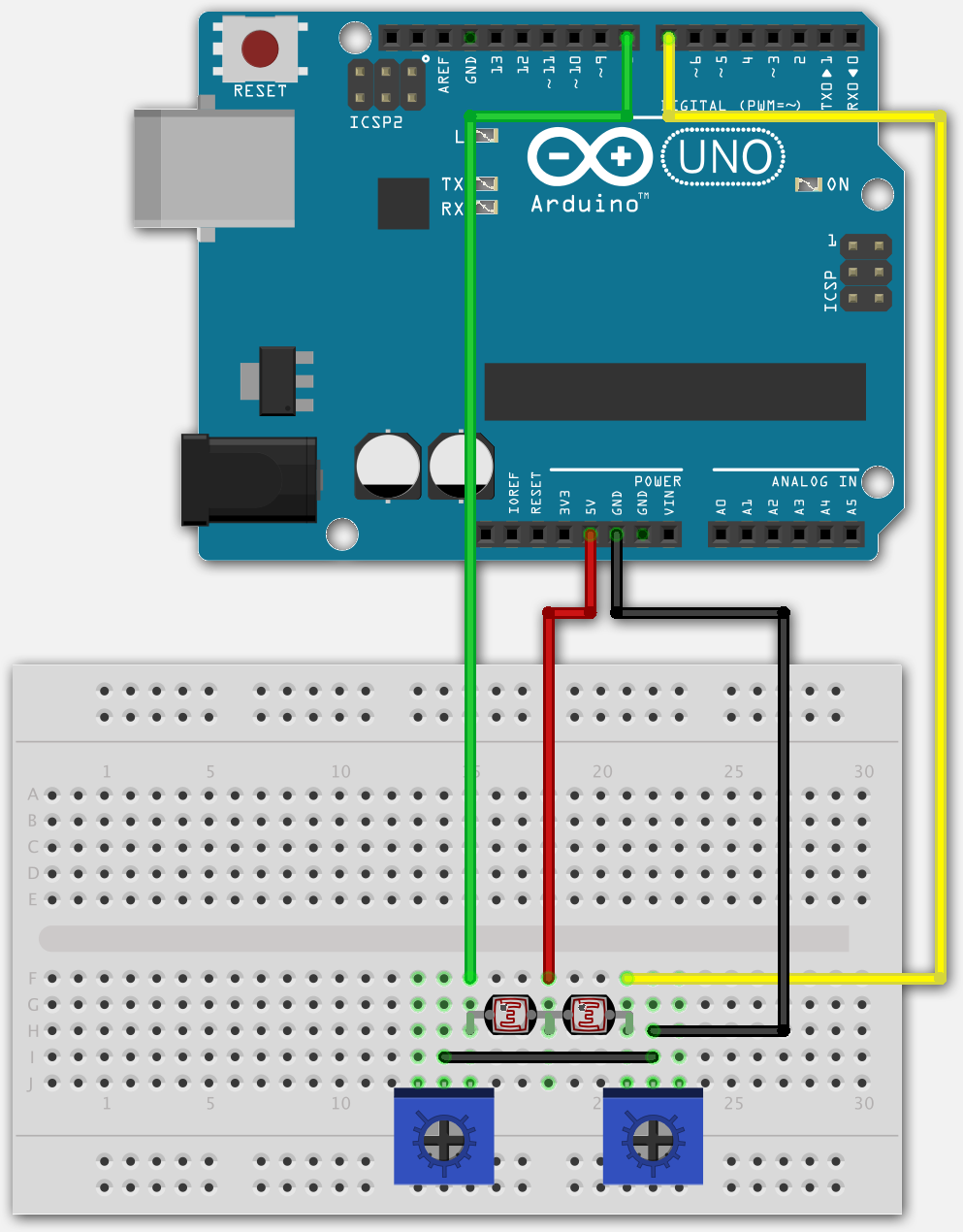Arduino Delphi Serial Communication Monitor
The text you see in the serial monitor window, the one shown enlarged, at the right, is just a sample. That text was specified in the code being put into the Arduino under development. And what if, later, nothing is connected to the relevant pins? The Arduino won't 'care' if you aren't 'listening' when it 'speaks'.
An Arduino with one push button and one LED is a computer. But even your friends may ask you what that's good for. You can make a quantum leap on the output front without buying anything beyond the basic Arduino. This How To tells you about using the output half of the serial stream.
Arduino uno serial communication. Rate this: Please. // Start the built-in serial port, probably to Serial Monitor Serial.begin(9600); Serial.println.

Gravur Condensed Font Free. Before we start: A WARNING!! ' Serial' and ' RS-232' are NOT just two ways of saying the same thing.
RS-232 comms do use serial data, so you might think that you can just hook up the serial 'stuff' I'm going to talk about. Including your Arduino. To RS-232 devices. Or to the RS-232 port of a big PC. (They can be connected.
But there are a few details to get right.) All the ins and outs of that are beyond the scope of this tutorial. I've inserted this warning just in case someone is tempted to 'extend' the ideas here, hook an Arduino directly to something RS-232. And fry their Arduino! (If you want to connect to RS-232, search on 'Arduino MAX323'.) The serial monitor lets you. The serial monitor lets you see anything the Arduino sends to its serial port.
(When I speak here of 'its port', I mean one built into most (all?) Arduinos (and clones), used for programming the devices. On traditional Arduinos (Uno, Pro Mini, etc), it uses pins 0 and 1. As I just said: These pins are also connected to the electronics which the Arduino development environment uses for programming the Arduino. You can use them both for the programming task, and for the serial monitor at (almost) the same time. (With care, they can even be used for more things, but that's a story for another page.) Before I go on.
This page is about the relatively simple. And broadly useful. Use of the serial monitor.
Other 'stuff' can be sent to and from other hardware, including big PCs, over a serial channel, to a program running in the other hardware. That is all a bit beyond just using the serial monitor, but I mention it in passing, in case you wondered. (anywhere you see 'Delphi' there, you can probably substitute '.) As I said, this page is about using the serial monitor to watch 'stuff' going to the development PC from the Arduino. Enter the following and run it. We'll do something more useful in a moment, don't worry. String sVersID='vers 20 Feb 17' No, of course, you won't always have the Arduino connected to a big PC and the serial monitor turned on. But the code above does no harm in those circumstances.
(Unless you want to use the pins associated with it for other things.) And when you DO have the serial monitor connected, the program and version information can be very useful. I hope this tool proves useful to you in your development work. There may even be times when you find it useful in a finished project, but of course that would only be a project where your PC remained connected to the Arduino while the Arduino did whatever you set it up to do. Perhaps not a scenario which is going to arise often, but there's no reason it couldn't ever arise. Or powered by Site search Web search The search engine is not intelligent.
It merely seeks the words you specify. It will not do anything sensible with 'What does the 'could not compile' error mean?' It will just return references to pages with 'what', 'does', 'could', 'not'. In addition to the tutorials for which this page serves as Table of Contents, I have other sites with material you might find useful. On Arduino programming and electronics interfacing. (If you experienced Adabas with Star Office, ooBase is nothing like it!) If you from here, it helps me.
They host my website, and I wouldn't put this link up for them if I wasn't happy with their service. Ad from page's editor: Yes. I do enjoy compiling these things for you. Hope they are helpful. This doesn't pay my bills!!! If you find this stuff useful, (and you run an MS-DOS or Windows PC) please visit my freeware and shareware page, download something, and circulate it for me?
Links on your page to this page would also be appreciated! And if you liked that, or want different things, here are some more pages from the editor of these tutorials. Apologies if the '?FrmAht' I added to that link causes your browser problems.
Please let me know, if so? To email this page's editor, Tom Boyd. Page tested for compliance with INDUSTRY (not MS-only) standards, using the free, publicly accessible validator at Why does this page cause a script to run? Because of the Google panels, and the code for the search button.
Why do I mention the script? Be sure you know all you need to.